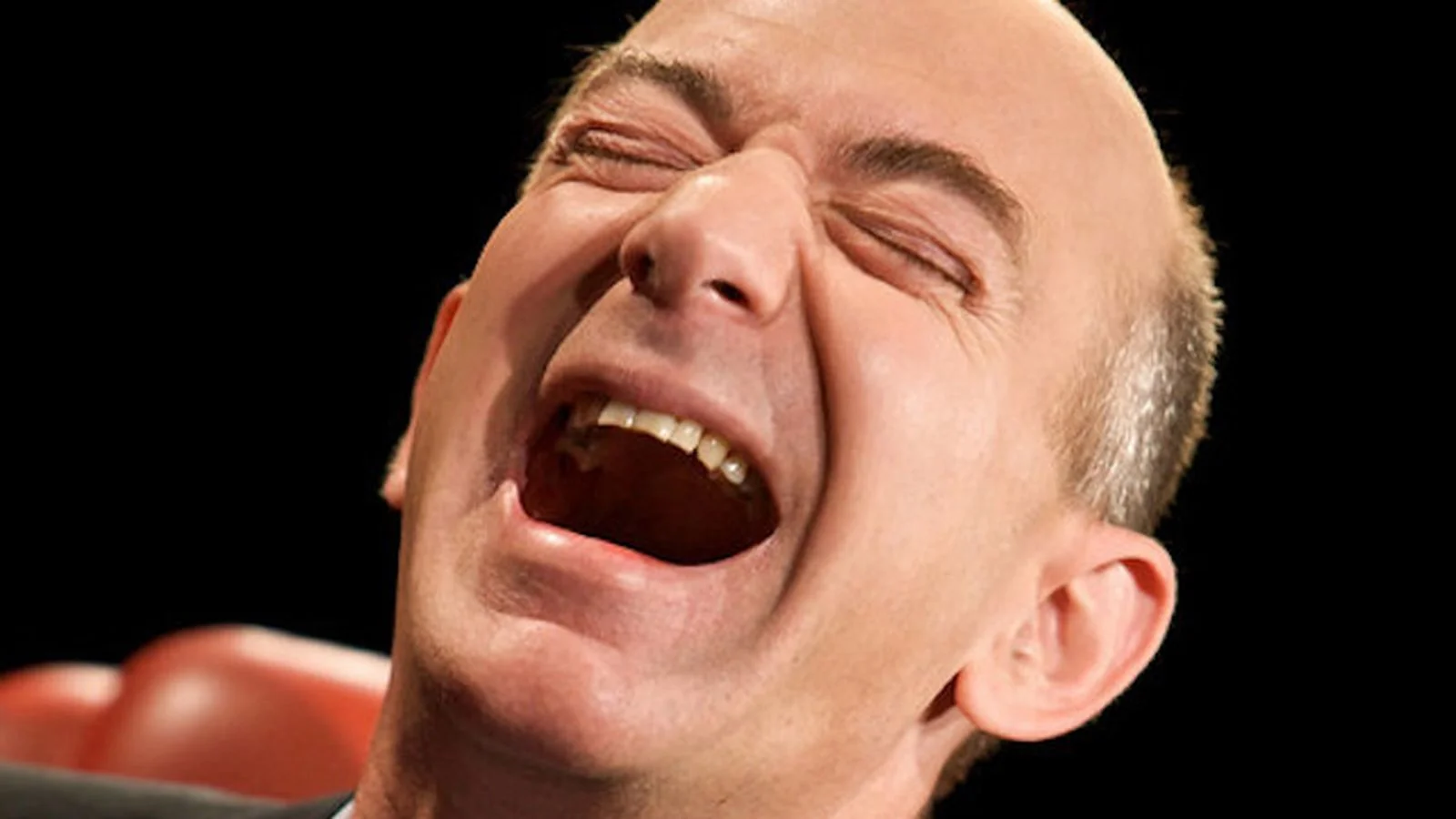Location, Location, Location: Amazon Buys Whole Foods
/Amazon announced on Friday that it is acquiring Whole Foods for $13.7 billion. This will be Amazon’s largest acquisition to date but the purchase price is just 3% of Amazon’s market cap. And while many takes are centered around Amazon getting into physical retail, the most valuable component of the acquisition is the 400+ Whole Foods stores that enable Amazon to meet rising consumer expectations around fast and cheap shipping and make a broader push into perishables and food delivery. A few main takeaways:
Proximity to Customers: 90% of Americans live within 15 minutes of a Walmart and this was the main advantage rivals like Walmart had over Amazon. With the acquisition, Amazon is getting closer to the most affluent customers in the U.S., the type of customers that spend more online through programs like Prime. Whole Foods locations will improve the speed and efficiency of Amazon’s delivery network by being not just a grocery store, but also serve as mini hubs to help Amazon push same-day delivery by locking in more customers to Prime, Prime Now, and Fresh. The stores could also serve as pick up stations for same-day in store pickup and process returns.
Drones: I know, I know drones may still be 5-10+ years away, but the inherent problem with drones is the lack of route density as compared to a delivery truck traveling with many packages. A drone needs to return to a homebase after each delivery and if that homebase is a warehouse on the outskirts of the city, the delivery may not be all that efficient. If Amazon can launch drones from local Whole Foods stores, drones will become far more efficient and will cost a fraction of what it costs to send a human driver.
Brick and Mortar: The acquisition sent stocks of other U.S. grocers plummeting for good reason:
Source: CNBC
But, the impact will be felt beyond just groceries as the deal also allows Amazon to provide a multi-channel shopping experience to their customers who want to shop online and in stores. It's unclear how this evolves but is likely not good news for many different types of retailers.
Fresh Food - Groceries / Meal Kits / Food Delivery: Amazon launched grocery delivery in 2007 with Amazon Fresh, but perishable groceries require a completely different logistics infrastructure to the rest of Amazon’s business. By acquiring Whole Foods, Amazon gets a vast distribution network of warehouses and 460 stores with store rooms and cold storage. Groceries provide the perfect stable, predictable, and frequent base capacity to build out same-day delivery. Michael Pachter, an analyst for Wedbush Securities as quoted in the Chicago Tribune:
“In the U.S., this adds 440 refrigerated warehouses within 10 miles of probably 80% of the population, more importantly, it puts refrigerated distribution within 10 miles of probably 95% of Prime members. That means we can rely upon Whole Foods’ consistently high quality meat and produce, and can rely upon prompt delivery from the store as a distribution point.prompt delivery from the store as a distribution point.”
Companies like Blue Apron who provide meal kits may be big losers from this. Meal kits arguably are a business Whole Foods should have already been in. They have the supplier relationships, commercial kitchens, proximity to customers, and great brand recognition. Sprinkle in Amazon’s logistics processes and it’s easy to picture Amazon and Whole Foods making a serious push into the meal kit delivery market.
There is a lot of kitchen space inside of Whole Foods and it’s conceivable they could offer restaurant delivery meals to compete with the likes of Deliveroo or DoorDash. Supply could be aggregated from one pick-up location to bring some logistical advantages and they would have a lower cost structure than traditional restaurants with front of the house expenses. Combine restaurant delivery with the marginal cost of a drone delivery, prices come down considerably and this is no longer a niche market.
Amazon’s logistics operations is their most unassailable competitive advantage and adding an additional 400+ locations in prime spots with refrigerated warehousing and store rooms only further strengthens their logistics dominance. The acquisition allows Amazon to get stuff delivered faster and cheaper and brings more products into the fold that people buy, use, and consume every day. It's unclear how the market will evolve, but the acquisition seems to be more about expanding and broadening their logistics network and infrastructure than about Amazon moving into physical retail.
I cover forward-looking topics that are relevant for everyone that will be part of the future logistics industry. You can read more articles here or sign-up for a free monthly newsletter here.













